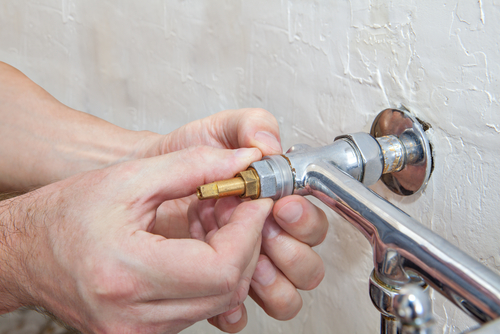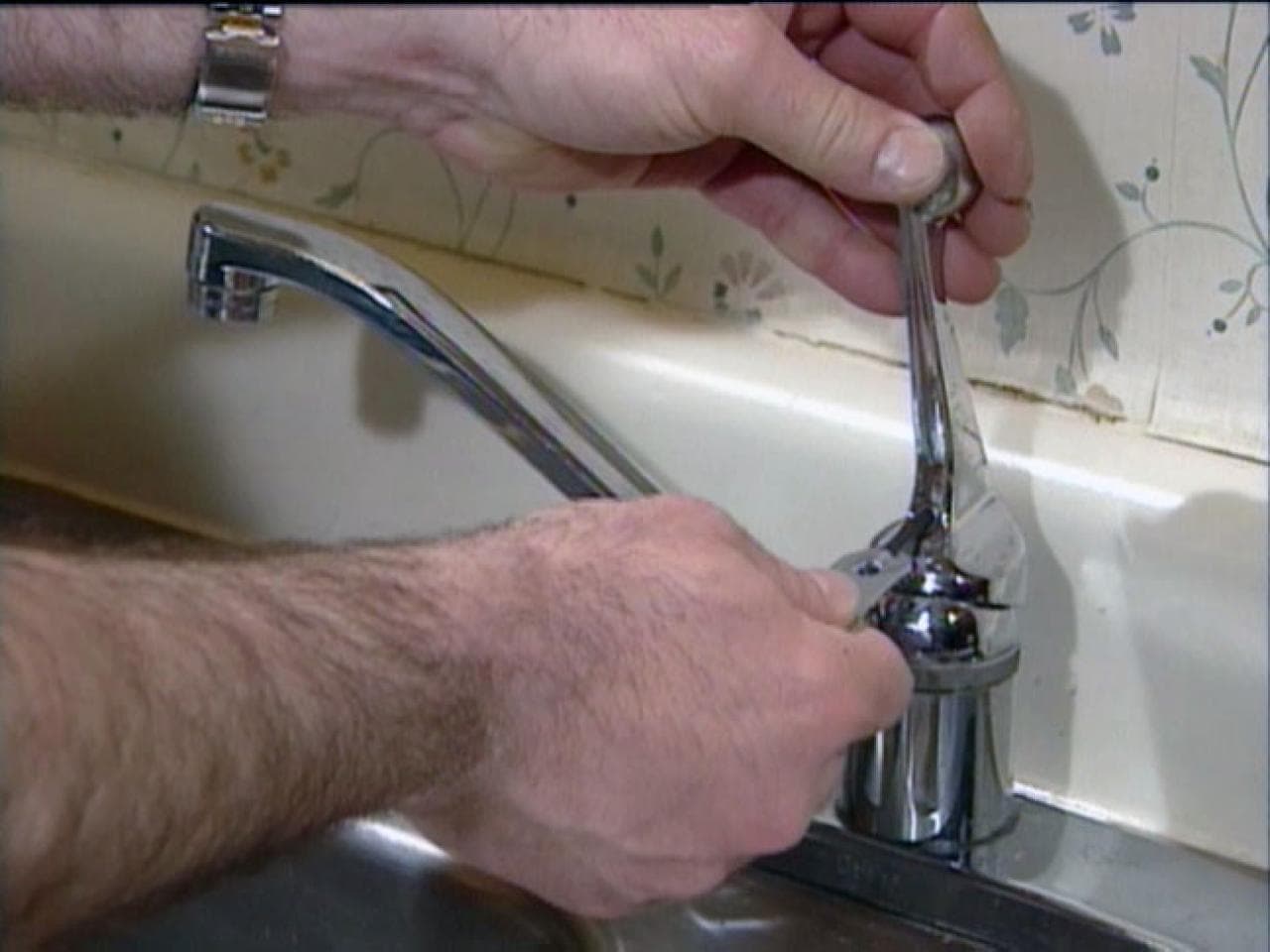What It's Essential to Resolve a Broken Faucet
What It's Essential to Resolve a Broken Faucet
Blog Article
Are you currently searching for selective information concerning Why Are My Faucets Dripping (And Can I Fix It Myself)??

Trickling taps may appear like a minor inconvenience, yet their influence exceeds just the nuisance of the sound. From drainage to sustaining unnecessary economic expenses and health and wellness threats, disregarding a leaking faucet can bring about different consequences. In this post, we'll look into why it's important to resolve this typical house issue immediately and effectively.
Waste of Water
Ecological Impact
Leaking taps contribute substantially to water wastefulness. According to the Environmental Protection Agency (EPA), a solitary tap trickling at one drip per secondly can squander greater than 3,000 gallons of water annually. This not just pressures water sources yet also affects communities and wildlife depending on them.
Step-by-Step Overview to Fixing a Dripping Tap
Devices Called for
Prior to attempting to repair a leaking tap, collect the required devices, including an adjustable wrench, screwdrivers, substitute parts (such as washing machines or cartridges), and plumber's tape.
Common Faucet Issues and Their Solutions
Identify the type of faucet and the certain concern causing the drip. Common issues consist of worn-out washing machines, rusty shutoff seats, or damaged O-rings. Refer to supplier guidelines or online tutorials for detailed advice on repairs.
Financial Costs
Enhanced Water Expenses
Beyond the environmental effect, leaking faucets can inflate water bills substantially. The accumulated wastefulness gradually equates into higher energy costs, which might have been avoided with prompt repairs.
Possible Residential Or Commercial Property Damages
In addition, extended dripping can bring about damage to components and surfaces bordering the faucet. Water buildup can trigger discoloration, rust, and also architectural problems if left neglected, resulting in added repair work expenses.
Health Worries
Mold And Mildew and Mildew Growth
The consistent presence of wetness from a trickling tap creates a suitable environment for mold and mildew development. These fungis not just endanger indoor air quality however likewise present wellness threats, specifically for people with breathing problems or allergies.
Waterborne Diseases
Stationary water in trickling taps can come to be a breeding place for germs and various other microorganisms, enhancing the risk of waterborne conditions. Impurities such as Legionella germs flourish in stagnant water, possibly bring about severe health problems when ingested or breathed in.
Do it yourself vs. Professional Fixing
Pros and Cons of Do It Yourself Repair Work
While some might attempt to fix a trickling faucet themselves, do it yourself repair work feature their own set of difficulties. Without proper knowledge and devices, do it yourself efforts can aggravate the concern or lead to incomplete fixings, lengthening the problem.
Advantages of Hiring a Specialist Plumber
Working with a specialist plumber guarantees that the underlying cause of the leaking faucet is attended to effectively. Plumbings have the expertise and equipment to diagnose and fix tap problems efficiently, conserving time and reducing the danger of more damage.
Ecological Duty
Specific Payment to Conservation
Taking responsibility for fixing leaking faucets aligns with more comprehensive initiatives toward water preservation and ecological sustainability. Every individual's activities collectively make a significant influence on protecting priceless resources.
Lasting Living Practices
By prioritizing punctual repair services and taking on water-saving practices, people contribute to lasting living techniques that benefit both existing and future generations.
Preventive Measures
Routine Upkeep Tips
To prevent leaking taps, perform routine upkeep such as cleansing aerators, examining for leakages, and replacing worn-out parts immediately. In addition, consider installing water-saving gadgets or updating to a lot more reliable components.
Relevance of Prompt Repairs
Dealing with dripping taps as quickly as they're observed stops additional water waste and prospective damage, ultimately saving both water and cash over time.
Influence On Residential Or Commercial Property Value
Perception of Well-Maintained Home
Preserving a property in good condition, consisting of resolving upkeep problems like dripping taps, boosts its viewed value and worth amongst prospective buyers or lessees.
Impact on Resale Value
Properties with properly maintained plumbing fixtures, consisting of faucets, command greater resale values in the property market. Attending to dripping taps can contribute to a favorable impression throughout building examinations and settlements.
Final thought
Addressing a dripping tap goes beyond plain comfort; it's a vital step towards saving water, minimizing monetary costs, and securing health and wellness and residential property. Whether through DIY repair services or professional aid, acting to take care of trickling taps is a small yet impactful method to promote accountable stewardship of resources and add to a much healthier, extra lasting future.
How to Fix a Dripping or Leaky Faucet
A leaking faucet is one of the most common problems that homeowners encounter, but it being commonplace doesn’t make it any less annoying. The constant drip drip drip of a leaking bathtub faucet, showerhead, or sink tap can disturb your home’s serenity. Left neglected, a dripping faucet can also result in higher water bills and discoloration or mold growth in your sink or plumbing fixtures.
Fortunately, you don’t have to be a trained plumber to know how to stop a dripping faucet. With some basic tools, replacement parts, and a little patience, leaky faucet repair is a breeze. In this article, we’ll explain what causes dripping faucets and how you can fix them.
What Causes a Leaking Faucet?
Kitchen and bathroom faucets come in all manner of designs, but most involve some combination of valves, O-rings, seals, and washers. The O-ring is usually the weakest link, but any one of these pieces can wear down over time. Heat, moisture, temperature fluctuations, minerals, mold, and movement can contribute to warping and corrosion, breaking the watertight seal. This just comes with the territory of being a homeowner. Everything is always subject to wear and tear, and some component parts of your appliances and fixtures need to be replaced on occasion. At least replacement O-rings are cheap!
More rarely, dripping faucets can be a symptom of excessively high water pressure. Were this the case in your home, you would probably notice that the leak is not isolated to one faucet. Water pressure issues are harder to resolve on your own. We recommend contacting a professional plumber if you suspect your water pressure is too high.
How to Fix a Dripping Faucet
Pipe wrench or monkey wrench Allen wrench set Screwdrivers Old towel or rag Shut off the water.
Before you do anything, you need to turn off the water to keep from drenching your kitchen or bathroom. You should find a valve under the sink and against the wall. Once you’ve turned this valve, try turning the faucet on to confirm that the water source has been cut off.
If you can’t locate your local valve for the faucet you’re working on, you can always shut off the water to the house at the main valve. Of course, this will prohibit anyone from using the sinks, showers, or toilets while you’re working on the faucet that’s giving you trouble.
Plug or block the drain.
You’ll be disassembling the faucet and removing some small bits of hardware. Plug the drain with a stopper or rag to avoid the possibility of a small screw falling into your P-trap.
Take apart the faucet assembly.
There are several varieties of kitchen and bathroom faucets, each with its own manner of assembly. For detailed instructions on how to disassemble your faucet, you can refer to the fixture’s manual or contact the manufacturer. If you know whether you have a ball, disc, cartridge, or compression faucet, you can find detailed schematics online.
In general, you need to begin by removing the faucet handles. You might notice a small screw that you’ll need to remove with a screwdriver or Allen wrench. If you don’t see any visible securing hardware, it’s likely hidden under a decorative cap that can be unscrewed or popped off with flathead screwdriver.
Remove each piece methodically, consulting a schematic when necessary. Take notes or arrange the pieces in such a way to make it easier to correctly reassemble the faucet later.
Remove the cartridge.
Once you’ve removed the handles and securing hardware, you should be able to remove the valve cartridge or stem. Some cartridges will slide right out. Other faucet models will require you to loosen a nut with a pipe wrench before you can remove the valve stem.
Examine the exposed hardware.
With the cartridge or stem removed, inspect the component parts. Check the rubber O-rings for wear and tear. Also examine the seat washer for corrosion or other damage. These pieces are usually the responsible parties for a dripping faucet, but it’s worth inspecting the other component parts while you have the faucet disassembled.
Find replacement parts.
Once you’ve identified which faucet component has failed, find an identical replacement. Your local hardware store should have O-rings, seat washers, and other standard components in stock. If you have a luxury or uncommon faucet, you may have to contact the manufacturer for a replacement part.
It’s a good idea to take your old parts with you to the hardware store so you can compare them with the store’s inventory and be sure you’re purchasing the correct replacement.
Reassemble the faucet.
With your new parts in hand, reconstruct the faucet and handles. Don’t be tempted to overtighten screws or nuts. You might think this could create a better seal, but it can instead damage or bend a delicate part of the assembly and create a new problem for you.
Turn on the water and test the faucet.
The only thing left to do is test your work. Unplug the sink, turn the water back on, and try the faucet. Congratulate yourself on a job well done!
https://www.libertyhomeguard.com/how-to-fix-a-dripping-or-leaky-faucet/

I stumbled upon that page about What Causes Leaky Faucets & How To Fix Them when doing a lookup on the internet. Are you aware of another individual who is interested in the subject? Take a moment to promote it. Thank-you for your time spent reading it.
Report this page